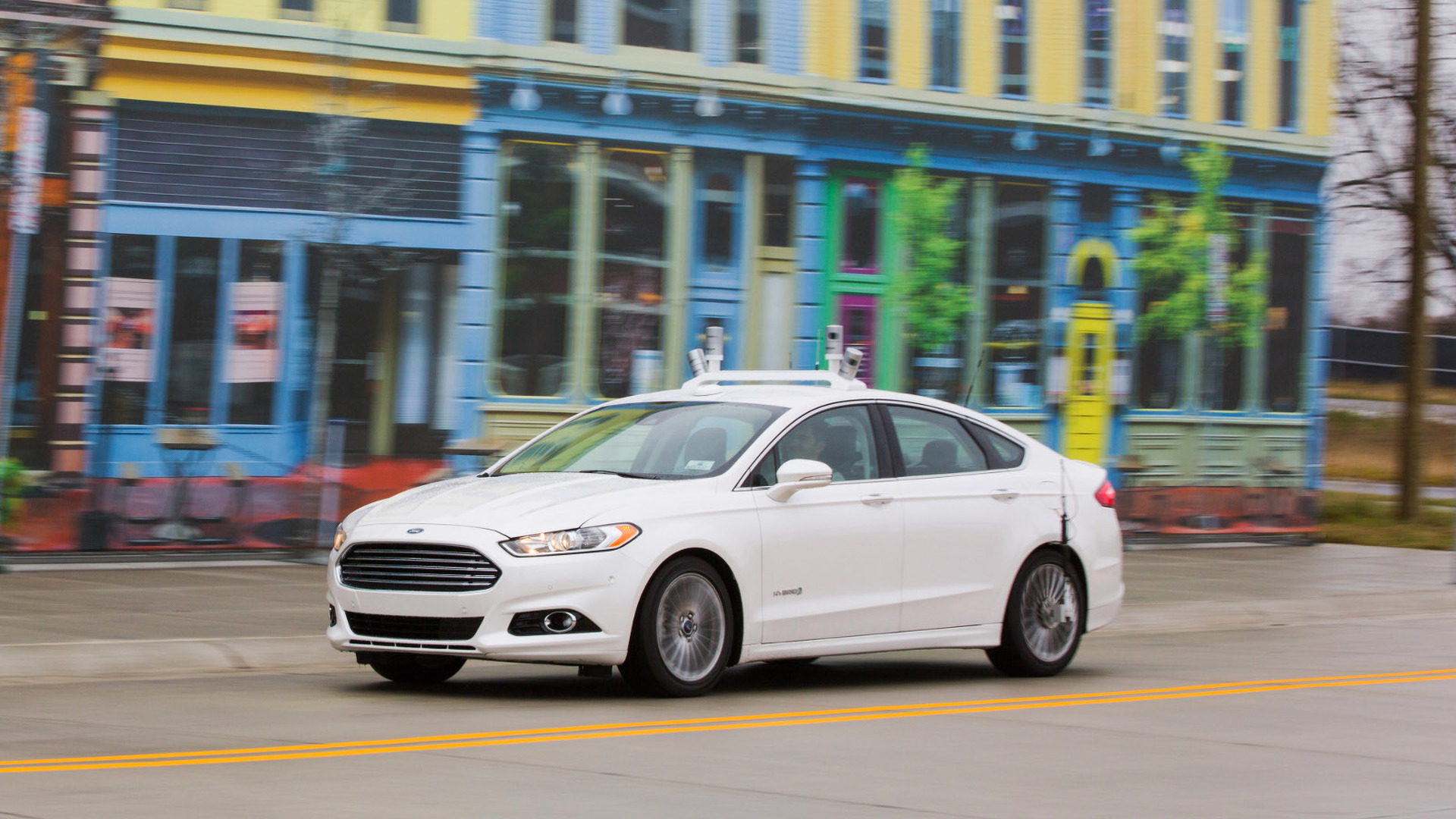

Self-driving cars will require a new and different set of rules to ensure public safety, and to hold manufacturers accountable. Congress has already taken some steps toward drafting self-driving car regulations, but a new report claims the process could take a long time.
The current federal car-safety rulebook runs more than 900 pages, encompassing everything from seat belts to electronic stability control. But all of those rules were written with human drivers in mind, making an overhaul difficult. It could take up to seven years to rewrite all of the existing rules to accommodate self-driving cars, according to Bloomberg.
Rewriting existing safety regulations is already a complex process, but self-driving cars add a new degree of confusion. Nearly half of the 73 safety standards on the books now make an explicit or implied reference to a human driver, according to a 2016 study by the Volpe National Transportation Systems Center, a research division of the U.S. Department of Transportation.
That creates some issues. Last year, the National Highway Traffic Safety Administration sent a letter to Google saying the company’s autonomous-driving systems could be considered a “driver” for regulatory purposes. But that doesn’t address things like a rule requiring brakes that “shall be activated by means of foot control.”
Even testing self-driving cars to ensure they comply with standards could be complicated. A 2016 Rand Corporation report concluded that safety will have to be judged by how a self-driving car’s sensors and control system respond to the environment. But creating a testing regimen that covers the full array of road conditions will be “extremely challenging and [will] likely be a significant barrier to deploying” self-driving cars, the report said.
Yet automakers are pushing Congress to develop federal autonomous car safety standards as quickly as possible. Several automakers are already testing self-driving cars on public roads in states that have passed their own autonomous-driving rules. But the carmakers and other autonomous-driving players want explicit federal approval before proceeding further. Federal rules would also simplify things for companies, which currently have to keep track of multiple sets of state regulations, and risk legal issues if they bring their self-driving cars to states that don’t have rules in place.
Both the state laws and a package of proposed rules currently being considered by Congress only apply to autonomous car testing. The congressional bill would give automakers some shortcuts to deploying more test cars, but it’s only a first step. Bottom line: Developing rules for production self-driving cars could be as complicated as developing the cars themselves.